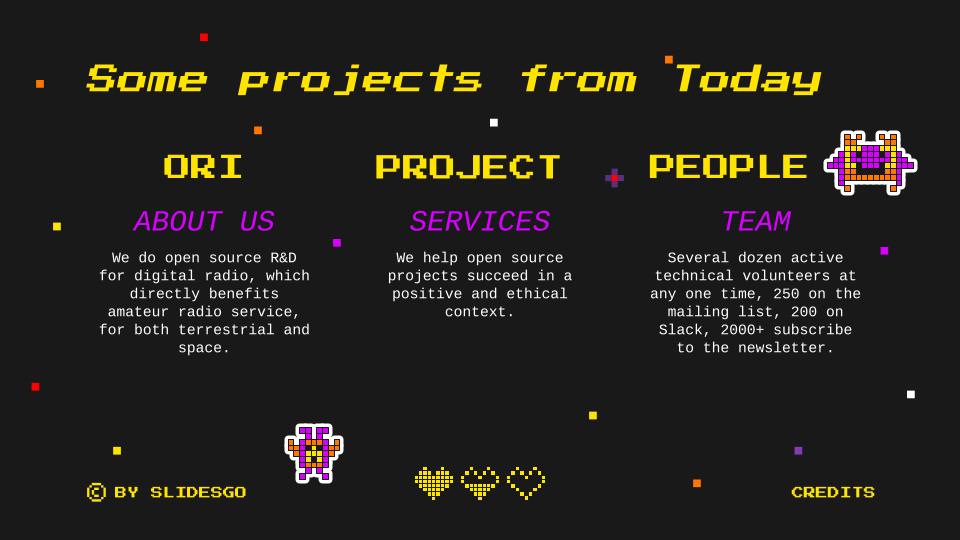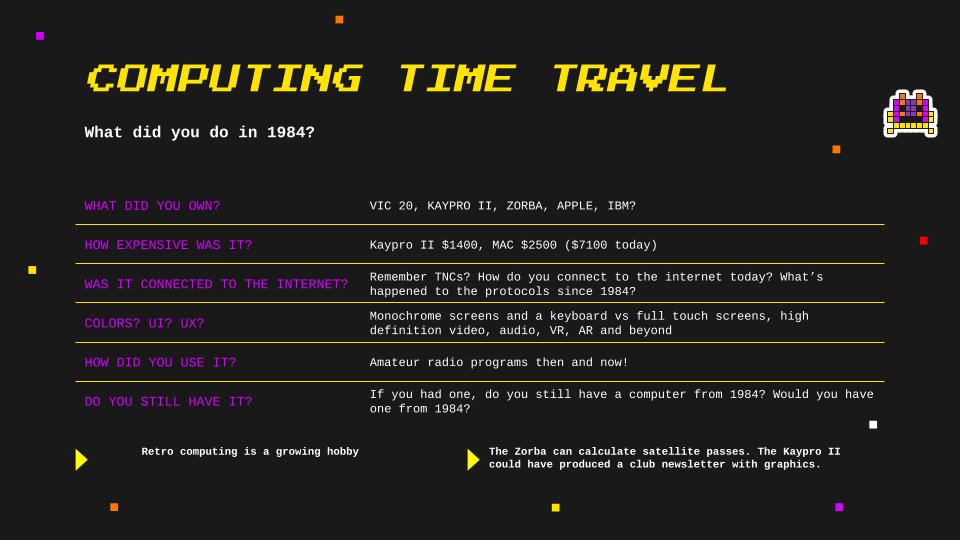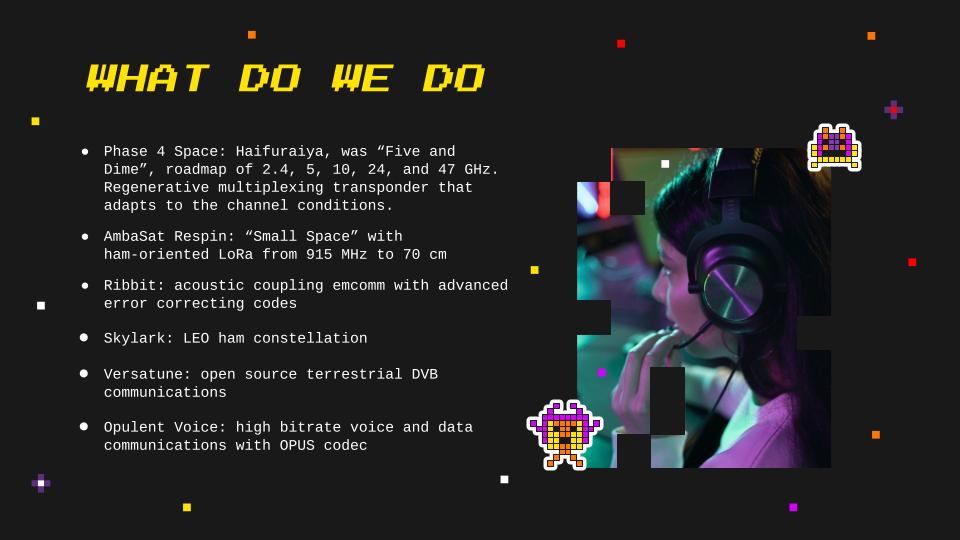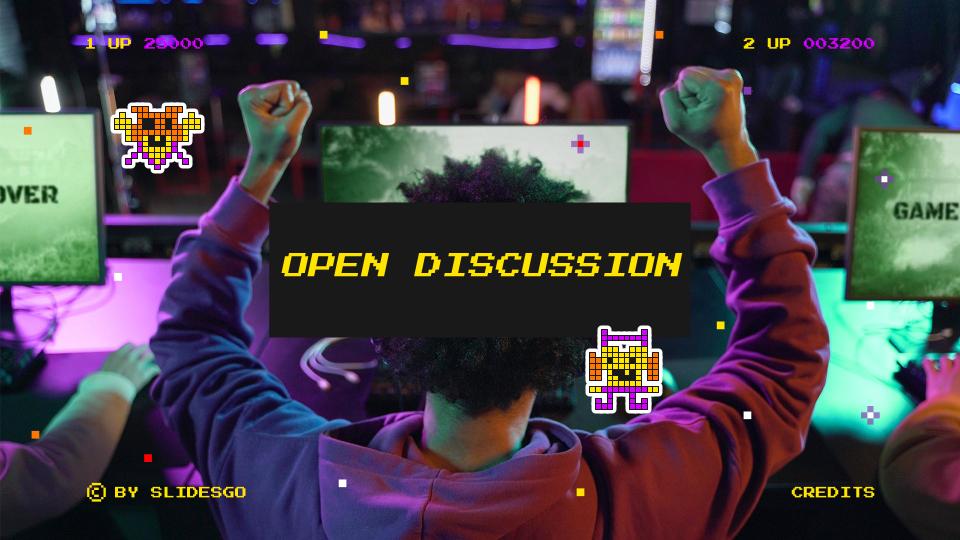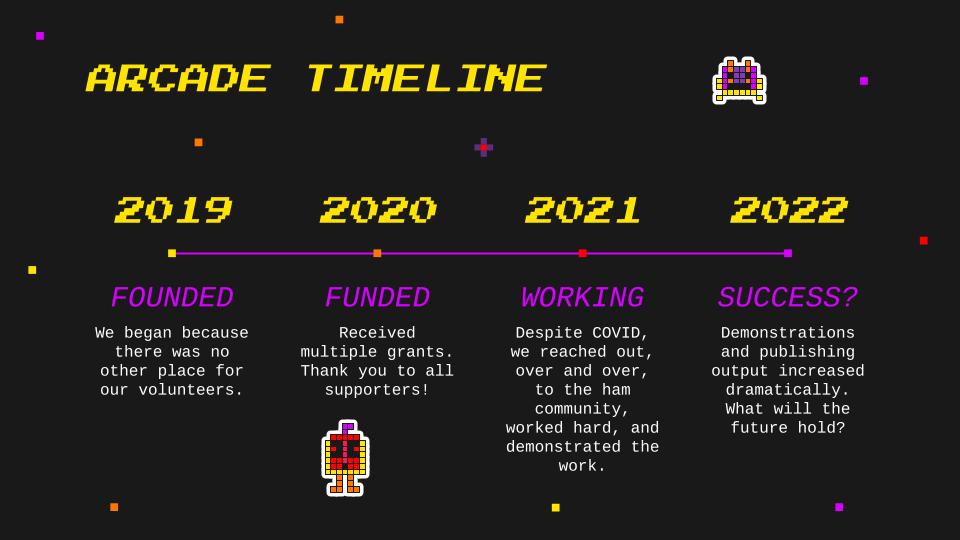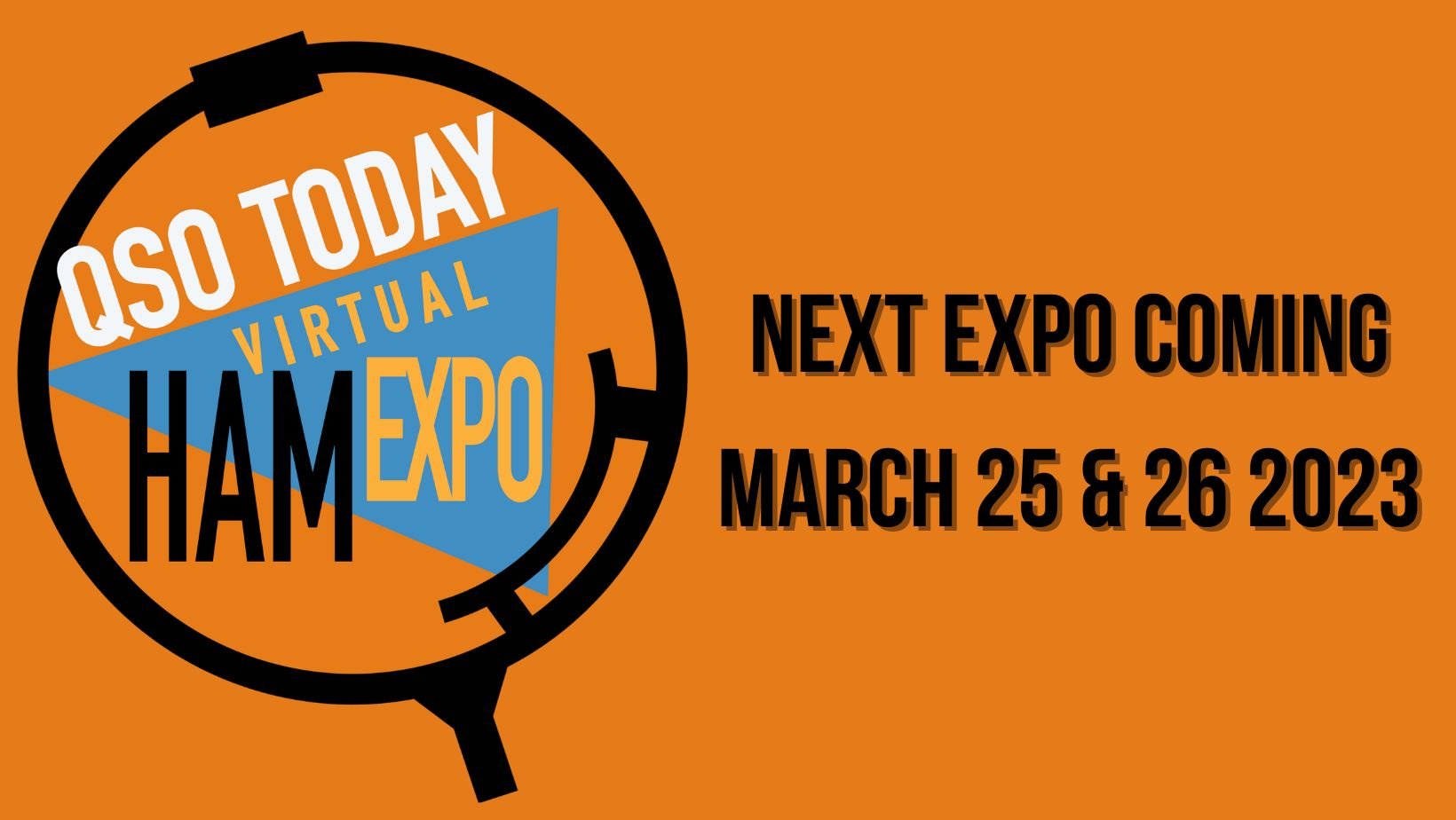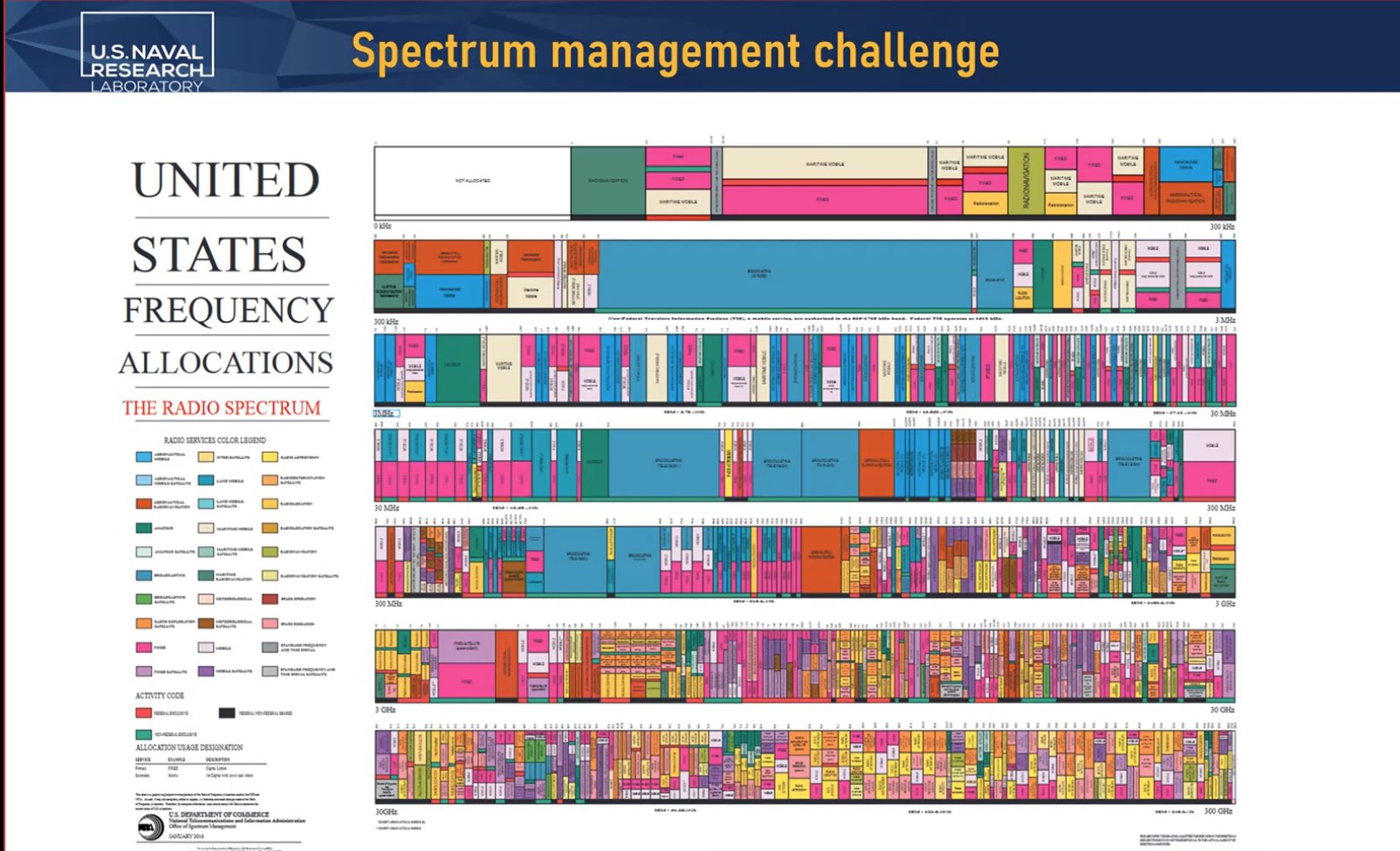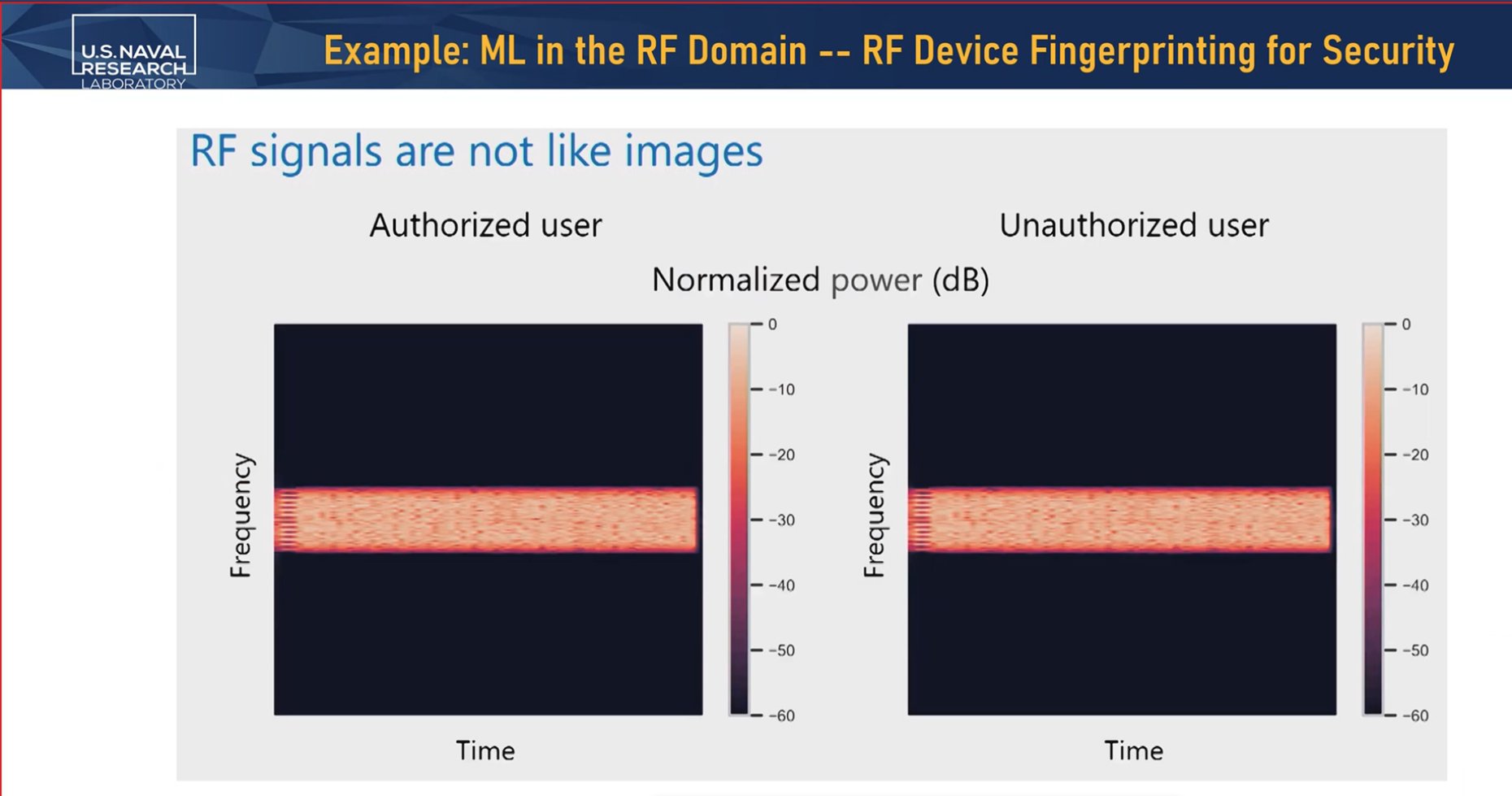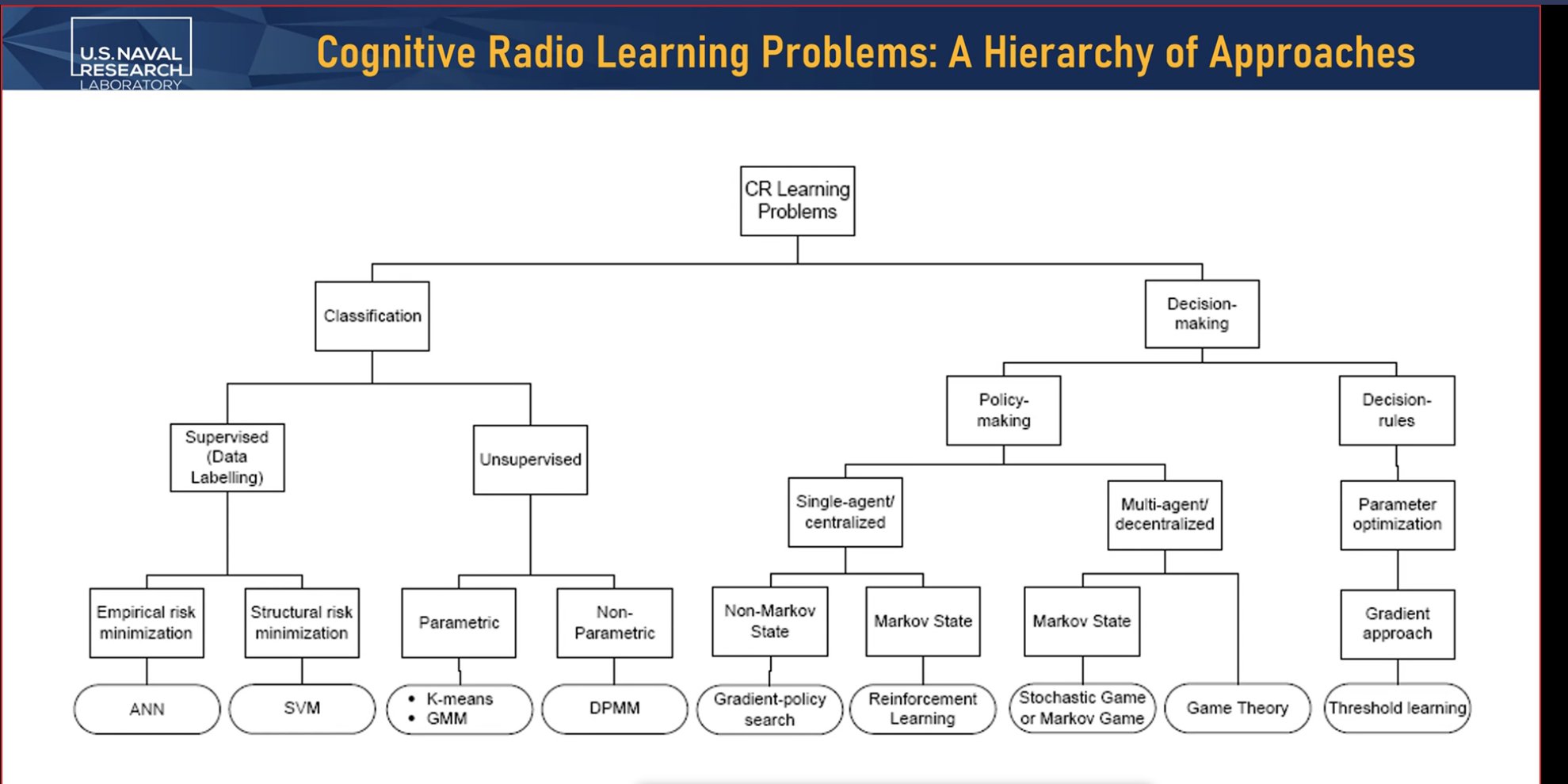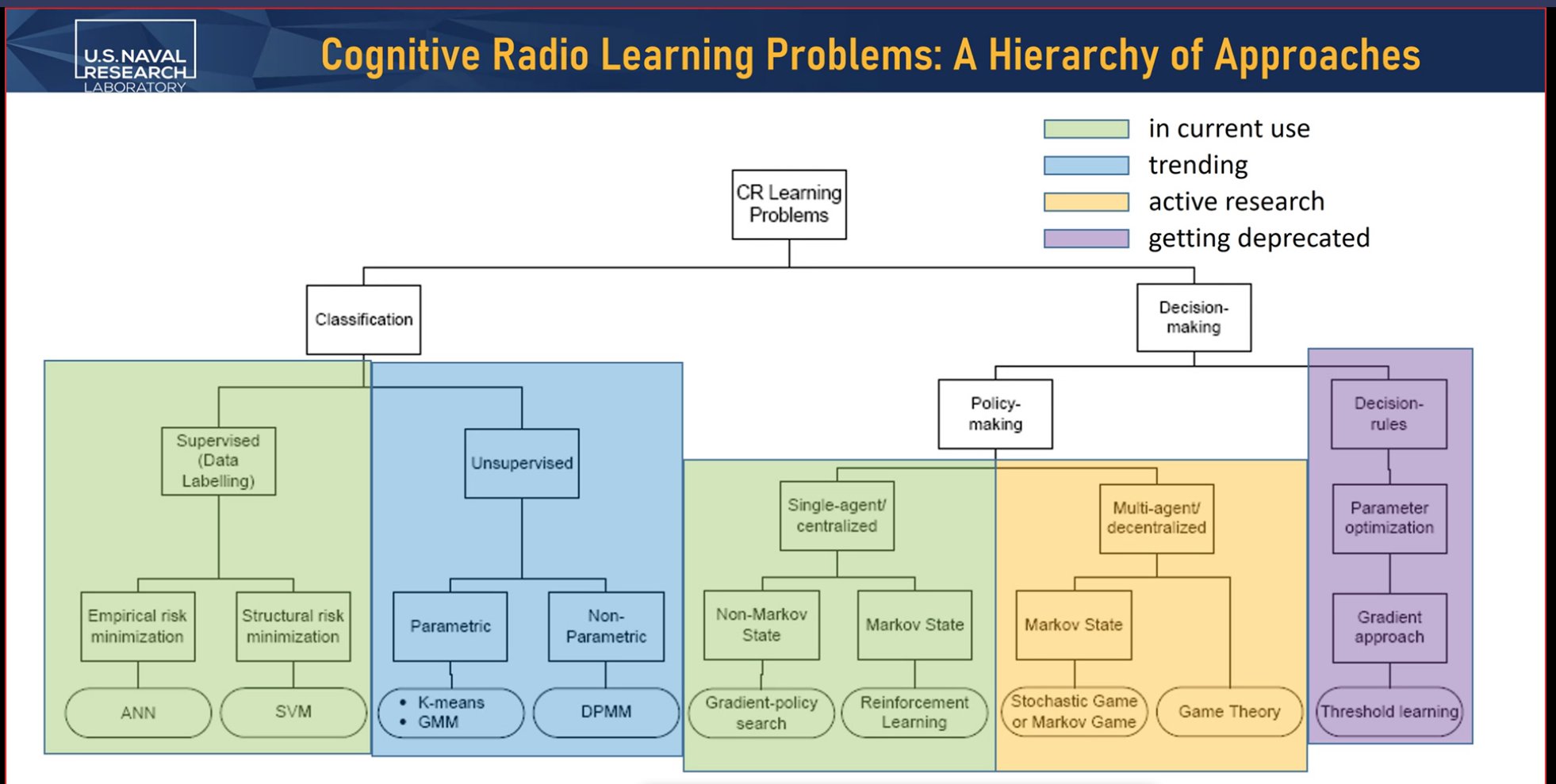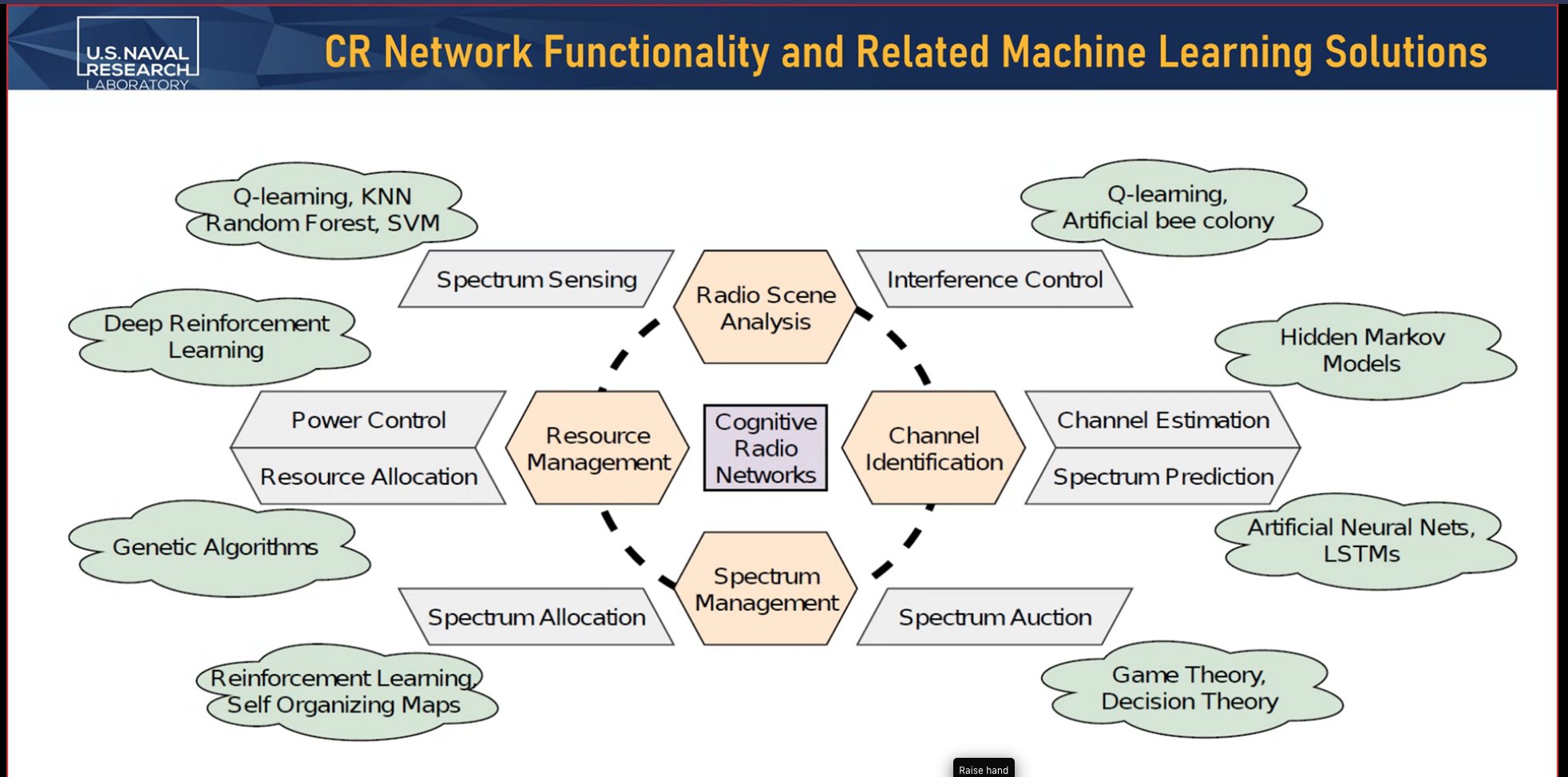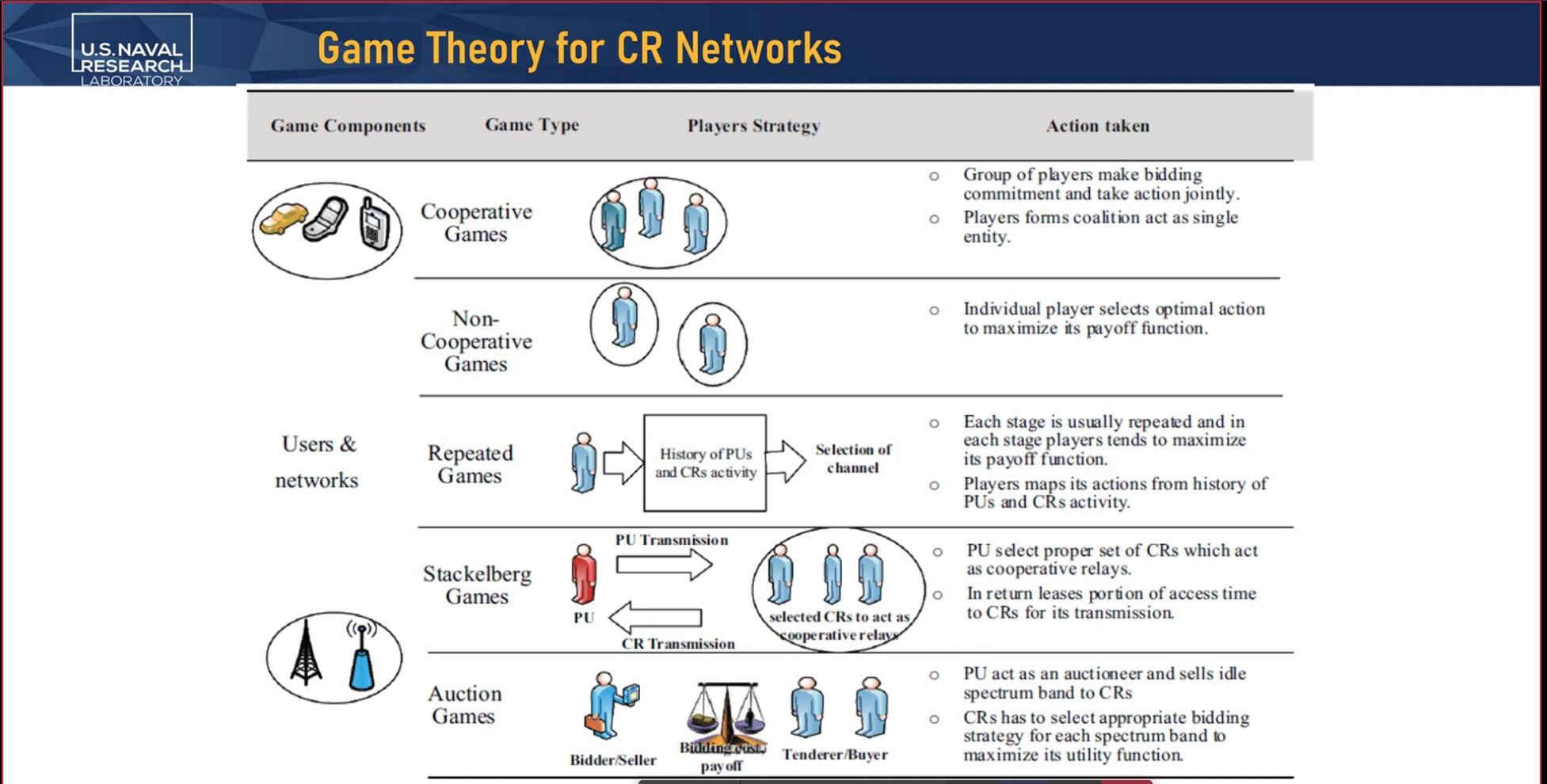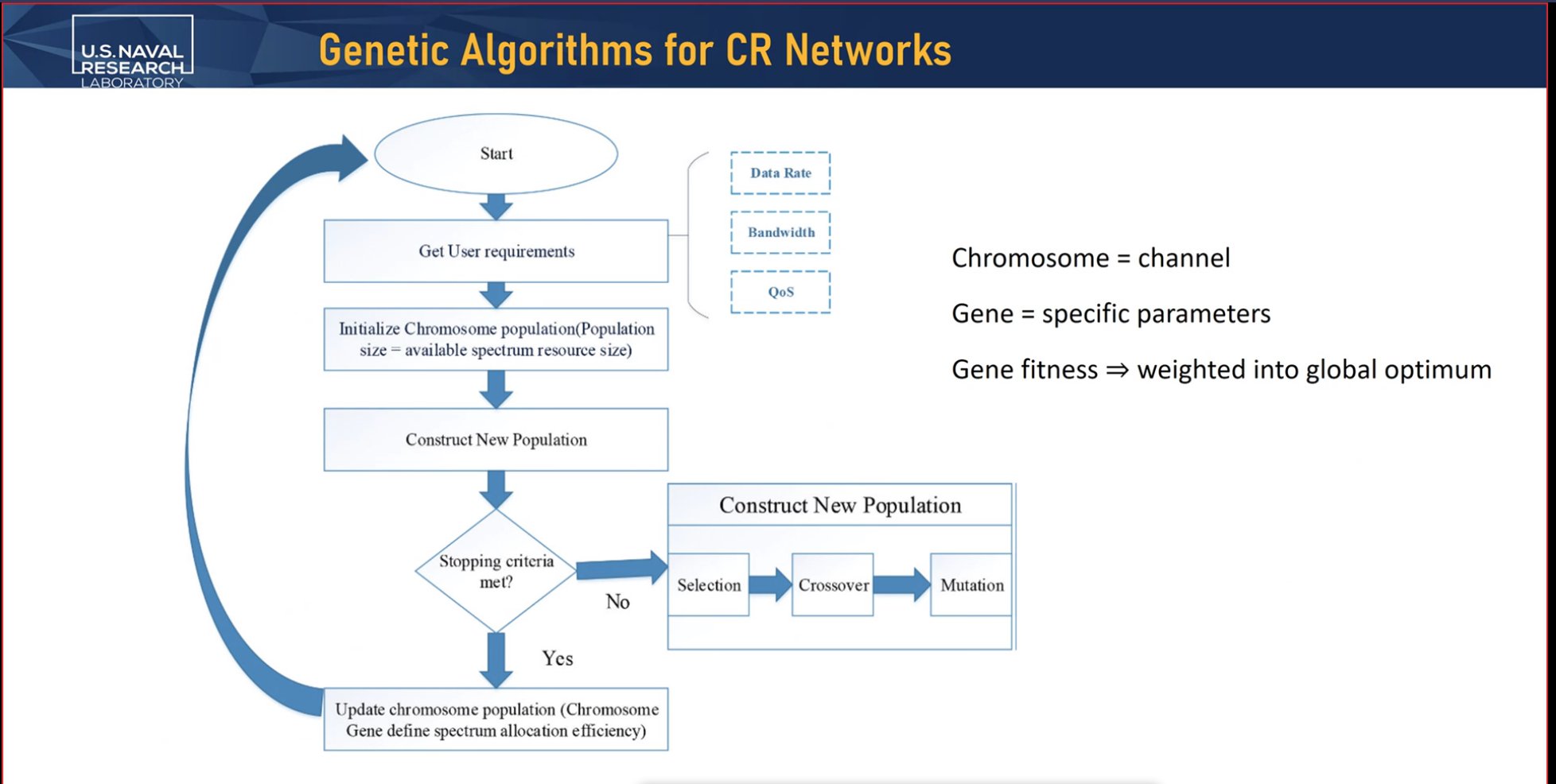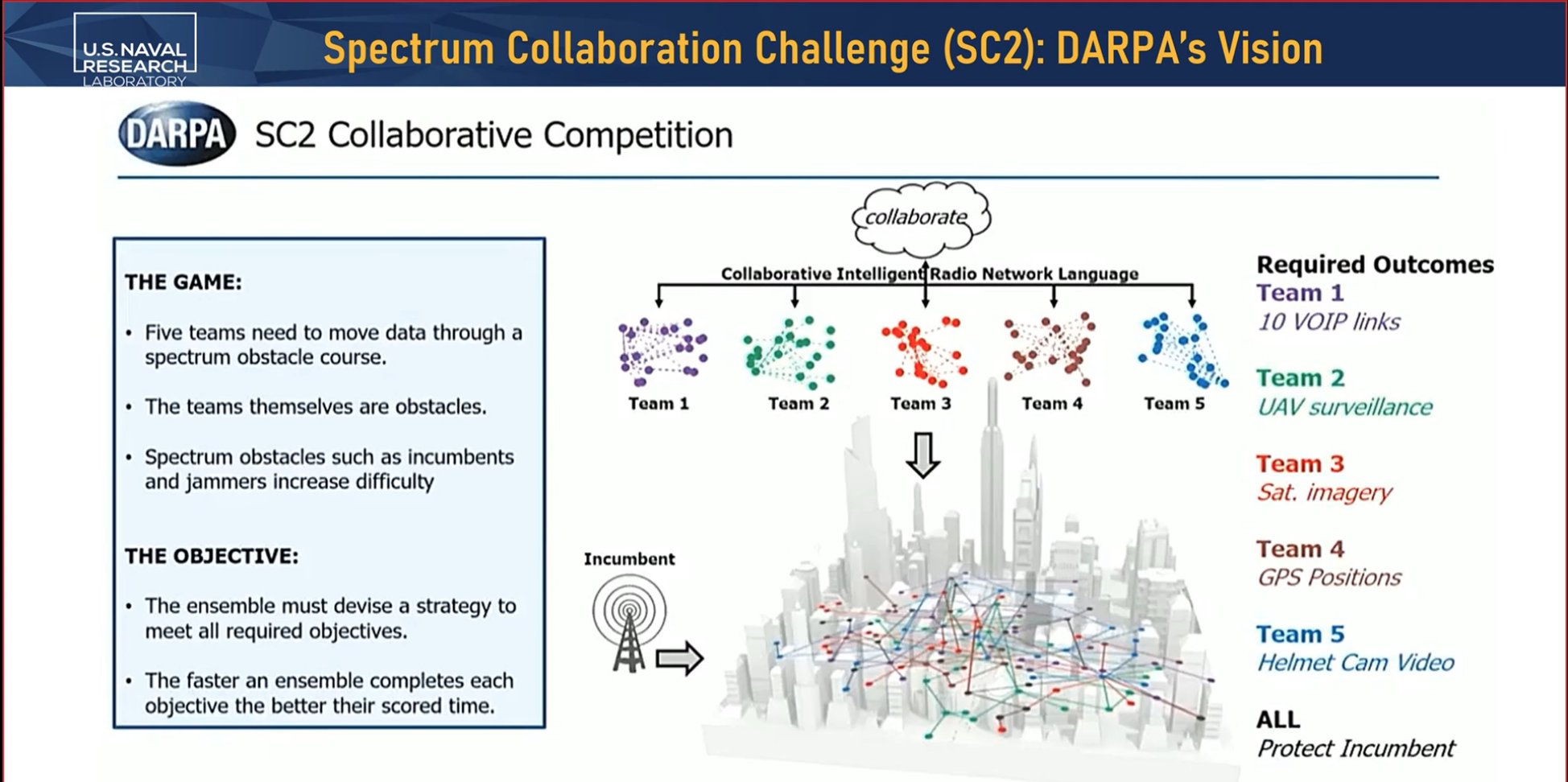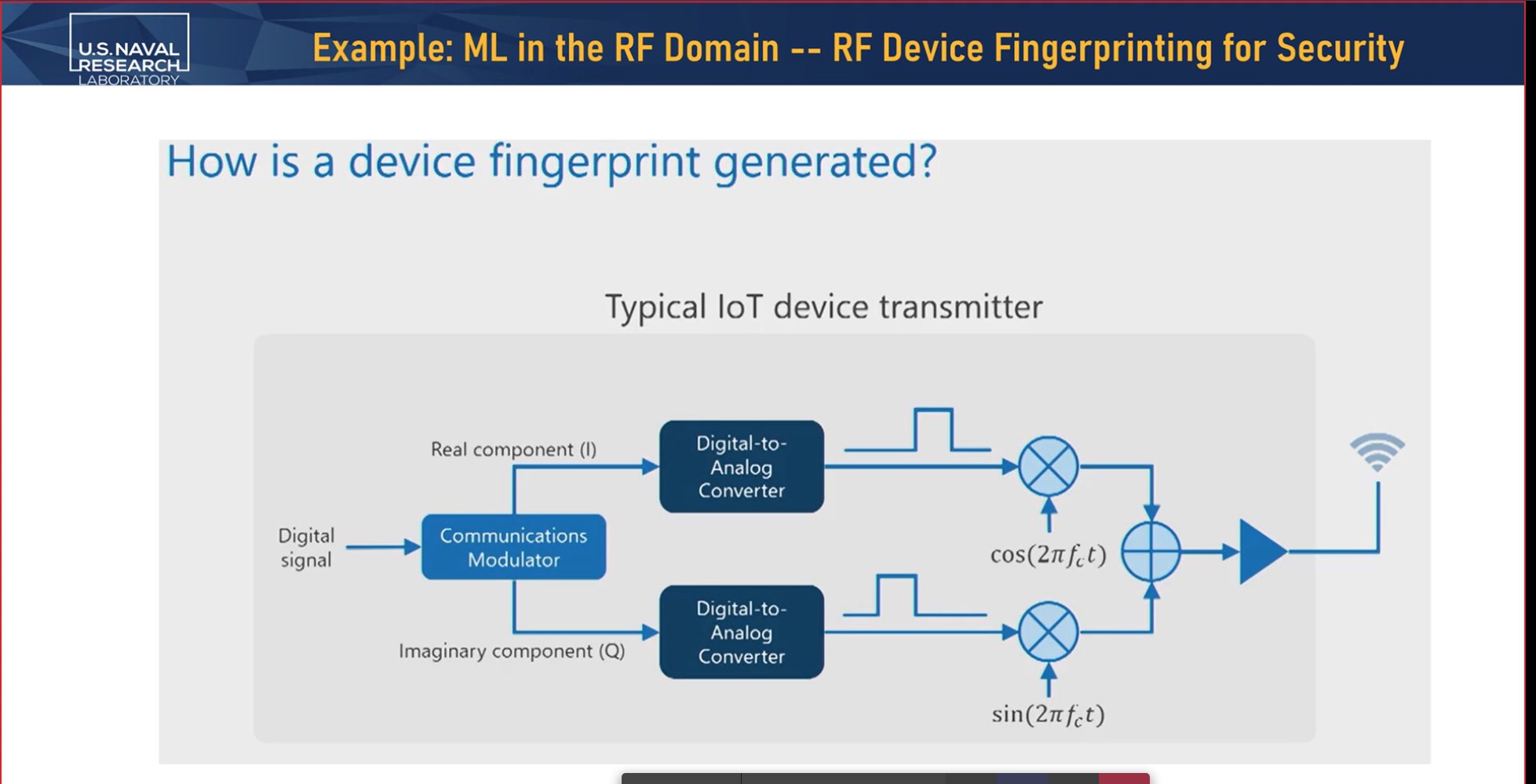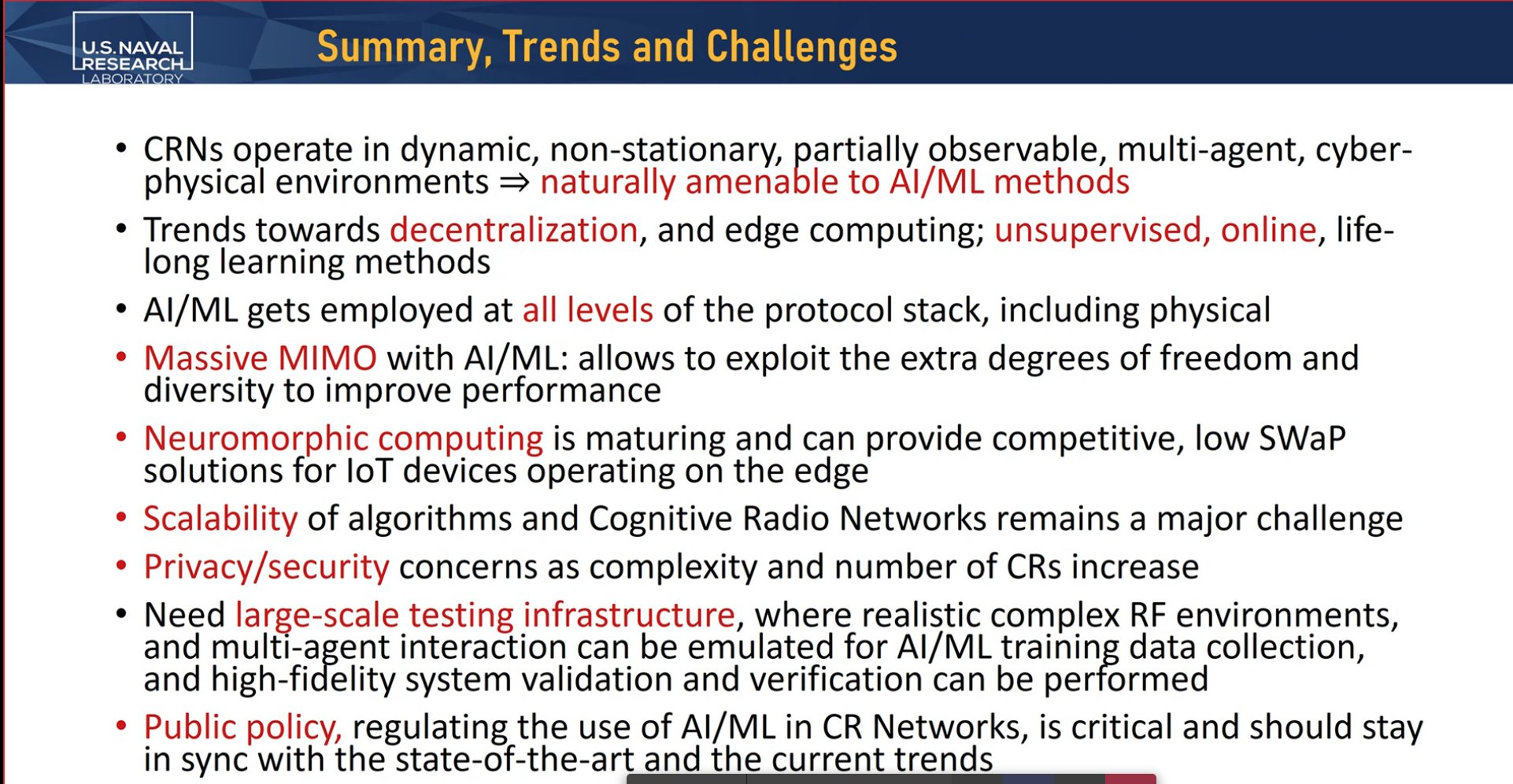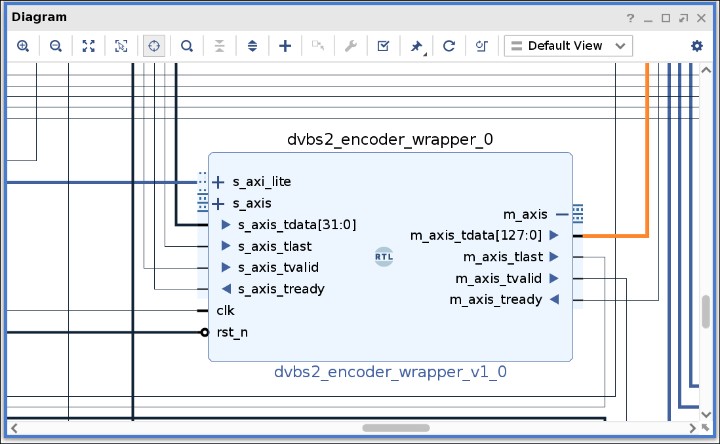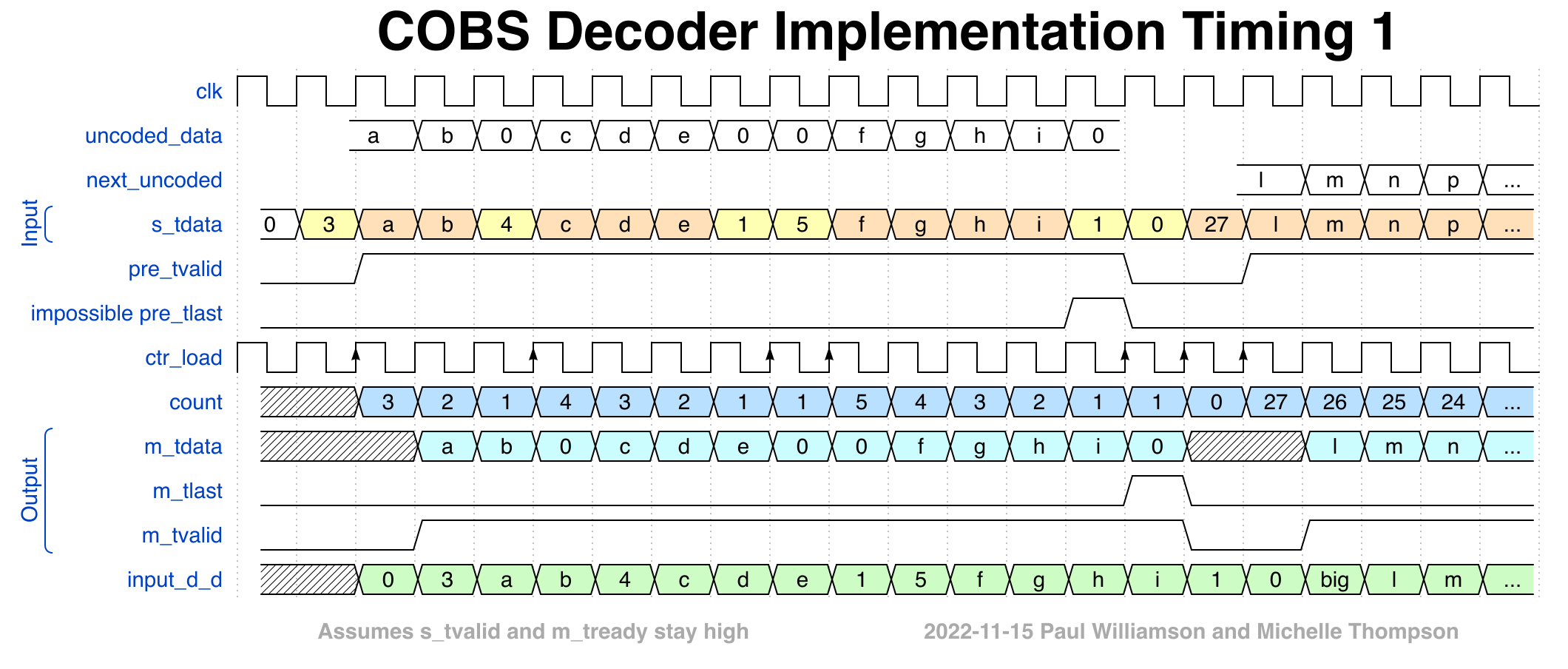This November we will present our work at San Bernardino Microwave Society, help draft recommendations to the FCC through TAC, and hold our first AI/ML Handbook meetings.
Versatune Receiver will be at HamCation 2023, and we will have a large presence at Ham Expo in March 2023.
Today's FPGA and Remote Labs meetup:
https://youtu.be/PDKDxQ79so4
Thank you to all that support our work.
Tomorrow's AI/ML "Safe Uses" sub-working group meeting will be about #opensource.
Thank you to everyone making work like this possible, especially @OpenSourceOrg
RT @abraxas3d: ORI's #OpenSource HEO communications satellite design will be part of tonight's presentation at San Bernardino Microwave Soc…
Thank you to @OpenSourceOrg for all that you do for the #opensource community.
Thank you to San Bernardino Microwave Society for the opportunity to present at the November 2022 meeting and the excellent open discussion.
Slides from SBMS:
Replying to @OpenResearchIns
"Past, Present, Future of Computing in Amateur Radio"
-There's a rich past!
-Computers have increasingly become a part of Amateur Radio, especially for microwave
-ORI heavily depends on computers for nearly all projects to work well
-AI/ML will dramatically change radio
Looking for a ham radio conference that is friendly and accessible?
ORI will be at:
See our previous @QsoTodayHamExpo presentations here:
https://youtube.com/playlist?list=PLSfJ4B57S8DmLKf7DnadOOtXSmsWz4c4l
Replying to @QsoTodayHamExpo
And, from March 2022:
https://youtu.be/RL5uZSM5cA4
Replying to @OpenResearchIns
Title: Machine Learning for Cognitive Radio Networks
Abstract: : In recent years, with the advent of 5G and IoT technologies, the number of wireless devices utilizing the RF spectrum has been increasing exponentially.
Wednesday's AI/ML Working Group at the @FCC TAC welcomes Dr. George Stanchev as our speaker.
Replying to @OpenResearchIns
and spectrum prediction exist, however they are model based and their performance tends to degrade with the uncertainties in the model or the channel conditions. Data-driven Machine Learning techniques can successfully complement these methods and when trained properly can
Replying to @OpenResearchIns
Cognitive radios (CR) provide a viable solution that can help accommodate this explosive growth and optimize the RF spectrum utilization. Several traditional signal processing methods exist for CR applications, such as spectrum sensing, dynamic spectrum access,
Replying to @OpenResearchIns
dynamic spectrum allocation. We will also discuss some key challenges, and a vision for future development of this critical technology.
Dr. Stantchev is a Senior Computer Scientist at the Naval Research Laboratory (NRL).
Replying to @OpenResearchIns
robustly learn the radio environments, adapt to new conditions and consistently yield good performance.
In this talk we provide an overview of some recent applications of Machine Learning algorithms to Cognitive Radio Networks, focusing specifically on spectrum sensing and
Replying to @OpenResearchIns
the University of Maryland’s Center for Scientific Computation and Mathematical Modeling (CSCAMM), as well as a research scientist at Leidos (formerly SAIC).
Replying to @OpenResearchIns
He received his Ph.D. in Applied Mathematics and Scientific Computation from the University of Maryland in 2003. Before joining NRL in 2011, he spent several years as postdoctoral research scientist at
Replying to @OpenResearchIns
neuromorphic computing, and decentralized autonomous multi-agent systems, among others. He has served as co-organizer of multiple workshops and symposia, as well as guest editor of special journal issues,
Replying to @OpenResearchIns
Dr. Stantchev has been leading or is actively involved in interdisciplinary research on a variety of topics, including signal processing, electromagnetic modeling and simulation, nonlinear device characterization, machine learning,
Replying to @OpenResearchIns
on machine learning for cognitive radio communications. He is a recipient of the NRL Review Award (2014), and NRL’s Annual Alan Berman Publication Award (2016, 2019, and twice in 2022).
Work on #haifuraiya #opensource HEO #AmateurRadio #satellite transponder, sounding rocket tests, and Remote Lab physical plant work is some of what is going on this week.
Thank you to all that support what we do.
Replying to @OpenResearchIns
Higher throughput, lower power. How can we share most effectively?
Cognitive radio <= AI/ML is a viable solution. It is the most promising one that we have at this time.
Replying to @OpenResearchIns
"Machine Learning for Cognitive Radio Networks"
Dr. George Stantchev, Naval Research Laboratory
Background is in Electronic Warfare Division, but no formulas in this talk.
Challenge of proliferation of wireless devices over the past 10-15 years.
Replying to @OpenResearchIns
Motivation examples are followed by Cognitive Radio (CR) challenges and characteristics. DARPA doing some CR functionality and there is a Spectrum Collaboration Challenge (S2) challenge that will be discussed. Summary, trends, and open problems.
Replying to @OpenResearchIns
Cited, referenced, public sources. We start with a view of our beloved chart.
Replying to @OpenResearchIns
Slicing and dicing of radio spectrum assigned to particular operators and technologies. Growth and ubiquity have lead to a realization of the capacity of the system being pushed past its limits.
Replying to @OpenResearchIns
Fixed Spectrum allocation policy assigns long term fixed chunks to a fixed set to users is like how we regulate real estate. Spectrum holes and underutilized bands appear. The challenge in the military are "this and more".
Replying to @OpenResearchIns
It's a finite resource and also has extra constraints. Different segments have different properties. Higher BW means higher data rate. But propagates shorter distances. Things like that.
Replying to @OpenResearchIns
Instead of having a fixed spectrum, what we want is dynamic spectrum allocation. Radios need to be allowed to seek out and occupy spectrum "holes". Ideally, this process is automated. Radios operated autonomously and cooperatively.
Replying to @OpenResearchIns
Host nation, infrastructure, many geographies, pretty much at any time - a plan must be produced that supports operational realities. This approach is manual, not scalable, and becomes more and more complex.
Replying to @OpenResearchIns
All of this is under the given states of the environment. This is a bit like playing musical chairs. Except that the chairs come in different shapes and sizes, move around in space, are partially obscured, and change shape too. Lots of fun!
Replying to @OpenResearchIns
CR (Joseph Mitola, Simon Haykin) establish some basics for CR operation and proposals for engineering solutions for the implementations. "New frontier in wireless communications".
A disruptive but unobtrusive technology.
Replying to @OpenResearchIns
Note: receiver-centric, not transmitter-centric. This is important. Perception-action is a cycle.
Reflected the state of the art of AI at the time (late 1990s, early 2000s). These were expert systems, mostly.
Replying to @OpenResearchIns
Decision making and Feature classification became more recognized as the fundamental building blocks. Feature classification (perception) and Decision making (action). ML and DL had emerged and become state of the art. This was a natural fit.
Replying to @OpenResearchIns
CRs can only obtain partial observations. Multi-agent learning is a powerful technique in distributed CR networks. Autonomous learning required to deal with unknown RF environments. More complicated when we get to heterogeneous CRNs!
Replying to @OpenResearchIns
The timing was really great for the confluence of all of this, but it took a while for synergistic effects to kick in and for us to have some end-to-end systems.
Replying to @OpenResearchIns
CR naturally lends itself to ML approaches. This is one of the main points the speaker wants to make here today.
Q: The largest successes have been on problems of limited size. Is there enough background work that has been done that says the size of the problem in CR is ML-ok?
Replying to @OpenResearchIns
While not all methods of ML are applicable of CR, at least some are and we do have a natural connection. There are methods that do not perform well.
Replying to @OpenResearchIns
Or is it so highly dimensional that the basic science is not there?
A: ML is not one size fits all. It's a collection of tools and lots of different algorithms. They've been applied in various domains with various amounts of success. Dimensionality is one category.
Replying to @OpenResearchIns
RF Signals are not like other images.
Replying to @OpenResearchIns
Labels for supervised learning can often be generated by humans. Not true for many RF signals. Not like comparing zebras to leopards.
Replying to @OpenResearchIns
No equivalent of ImageNet here.
The necessity of quality, curated, characterized data is emphasized.
Replying to @OpenResearchIns
Collecting random signals in the wild means "you are prohibited from demodulating and disclosing the contents in any way" <= not sure of the context of this statement.
Replying to @OpenResearchIns
RF domain signals are large. It can be a lot of data storage and handling.
NSF RF Data Factory mentioned (CCSRI).
Replying to @OpenResearchIns
Long discussion about whether or not one is able to demodulate and decode signals off the air.
Replying to @OpenResearchIns
Some services assume all transmissions are open, and anyone must be able to demodulate and decode, like on the amateur bands. It depends on the service and allocation.
Replying to @OpenResearchIns
Some keep coming back to the high dimensionality of the problem for CR. How much data do you have to have in order to achieve the goals? What are the goals? They differ per user group.
Replying to @OpenResearchIns
Replying to @OpenResearchIns
Replying to @OpenResearchIns
The networking part, possibly:
Replying to @OpenResearchIns
There are game-theoretic approaches (unconventional, applications are rare, great potential for the future) that are introduced on a slide.
Replying to @OpenResearchIns
Spectrum sharing can become a zero sum game. You have to be careful here. Greedy algorithms that just maximize the payoff for an individual radio? This might end up forcing everyone to be a loser.
Replying to @OpenResearchIns
Auction Games mentioned as a way to try and solve problems in spectrum sharing.
Utilizing the spectrum in a better way - resource allocation, and not necessarily admission algorithms.
Replying to @OpenResearchIns
Next, one of @abraxas3d favorites: Genetic Algorithms.
Replying to @OpenResearchIns
Spectrum Collaboration Challenge (SC2): Collaborative decision making engine that is autonomous. Collaborative autonomy(?)
Common language to communication, adaptive radio architectures. Radios must be very agile.
SC2 is a multi-agent problem. SDA as a single agent introduction.
Replying to @OpenResearchIns
Inherently non-stationary, no a-priori models exist of environment & other actors. Reward is collective. Goal is to improve every actor's performance. Environment is assumed non-stationary! Hard problem. 2017-2019.
Replying to @OpenResearchIns
Existing dynamic radio technologies do not scale to multiple heterogenous networks.
Replying to @OpenResearchIns
Paul Tilghman cited (reference covered up by some screen chrome) but it started with "DARPA's Spectrum Collaboration Challenge"
Replying to @OpenResearchIns
Collaboration outperforms traditional DSA.
(Gosh, one could point out that collaborative policies really are the best way forward in a lot of cases)
Replying to @OpenResearchIns
Colosseum: A battleground for AI let loose on the spectrum - we've had a talk from the Colosseum folks, so this is neat to see from another perspective.
Colosseum is the world's largest installation of this type.
Replying to @OpenResearchIns
"Beyond coexistence... towards interoperability" Joint modulation learning with neural networks. How to communicate amongst themselves and how to learn modulation schemes that are optimized for the current channel conditions. Complex baseband animations shown.
Replying to @OpenResearchIns
No radio knows about any other radio's architecture. The adaptation is machine learning. Can't be applied across the board, but for a particular radio environment and particular set of communications needs, this sort of modulation shown could arise.
Replying to @OpenResearchIns
One block diagrams of how some of this is done:
Replying to @OpenResearchIns
Do you remember when you joined Twitter? I do! #MyTwitterAnniversary
Yes, we've been here for 4 years.
And we will stay here and continue to keep you informed about what we do.
Downlink encoder integration tests, Ribbit tests, sounding rocket work, documentation updates, and more articles submissions all happen this weekend.
Thank you to everyone supporting the volunteers at ORI.
Replying to @janschiefer, @vk5qi and @coastal8049
yes, and will be following.
RT @abraxas3d: These are most likely all DVB-S2 dummy frames, and we don't have the transmit sample rate under control yet, but this is the…
Question from the community:
Graham Sutherland asks, "Watching a video on reverse engineering an ADI HMC7587 81-86GHz downconverter IC and I'm trying to understand the datasheet's phase ±4° phase error claim.
https://www.youtube.com/watch?v=2c-02V7fuMY
Replying to @OpenResearchIns
"Initially I considered that there might be a nonlinear relationship between phase error and physical length mismatch, due to transmission line effects, but I can't think of any applicable behaviour that would reduce the phase error."
Replying to @OpenResearchIns
"The Lange coupler is tuned to λ/4, introducing 90 degrees of phase shift for I and Q. The other two couplers (Baluns?) are tuned to λ/2 to create the differential outputs.
But if they tune for the 83.5GHz center point, surely the phase error would have to be closer to ±5.25°?"
Replying to @OpenResearchIns
"It does strike me as oddly coincidental that the phase error on the Lange coupler is ±2.7° and the phase errors of the other couplers is ±5.4°, and the average of those two numbers is almost exactly ±4°... I've got no idea why they'd average the two error numbers, though."
Replying to @mayfairlane and @FoolsDelight
Thank you, and good advice.
Replying to @Kurtulmehtap
Yes. We can be found at https://github.com/phase4ground and the repository for the core is dab_fpga. The repository that integrates it into the ADI HDL Reference design is adi_adrv9371_zc706. Both are pinned.
Our "getting started" page is https://openresearch.institute/getting-started
Replying to @ARDC_73
Would really love to see @ARDC_73 highlight ORI's granted work in developing the next generation of leadership in hardware, firmware, software, emergency communications, digital comms, education, space, and policy work.
Do you have someone we can contact? DMs are open as always.
Brief update on the #opensource COBS decoder. Here's the timing diagram (executed with Wavedrom).
Replying to @OpenResearchIns
We believe this protocol will help protect baseband frames on the #amateur #satellite transponder, which enhances quality communications for the #opensource #HEO project #Haifuraiya. Resilient communications are important for both terrestrial and space applications.
RT @FCC: Tomorrow, after the November Open Meeting, we’re holding a hearing on the impact of Hurricanes #Fiona and #Ian on communications.…
Today's AI/ML Working Group meeting for the @FCC TAC is preparations for the final meeting of the year, to be held on 8 December 2022. Therefore, there are no speaker readouts for today.
Thank you to all that have made it possible for us to contribute to the TAC this year.
COBS protocol tests, FCC work, Ribbit progress, HEO downlink development, ITAR activism, and a lot more are going on today.
Thank you to all who support or volunteers.
We are getting ready for the final @fcc Technological Advisory Committee meeting of the year.
Thank you to everyone that has supported this contribution.
Replying to @OpenResearchIns
Good progress is being made on the decoder and test bench in VHDL. Thank you to everyone working on this.
Replying to @OpenResearchIns
And here:
https://github.com/phase4space
Our work can be found on GitHub here:
https://github.com/phase4ground
Replying to @SpcPlcyOnline
We agree.
RT @abraxas3d: The current #JAMSAT Journal has @OpenResearchIns #opensource #amateur #satellite proposal, called #Haifuraiya. Plenty of det…
Thinking about donating BTC to a non-profit?
We accept digital currencies. Get in touch to get the correct address for the currency you want to donate. Accounting is transparent and the receiving account is ORI Operations at Wells Fargo.
And, thank you.
Every bit helps.
Thanks to our pro-active community, you can do an employee match donation to ORI at Microsoft as well as at several other companies.
Thank you to all that support our volunteers. We look forward to a happy end to 2022, and a joyous beginning of 2023.
Draft of the final TAC report for AI/ML "safe uses" coming together.
FPGA and Remote Labs meetup today at 1000 US Pacific.
RT @MX5AKA: A sign of continuing decline of #AmateurRadio and #ShortWave listening in UK. Radio User absorbed by Practical Wireless.
It joi…
Every bit helps!
Have bitcoin and want to see it go to a good cause?
While we value the contribution of your effort and expertise far above all forms of money, we know your time is limited.
That's why we take nearly all forms of digital currency.
Our BTC receive address:
Thank you for everyone helping with transponder downlink for #haifuraiya.
Many hands make light work.
https://openresearch.institute/getting-started
FPGA and Remote Labs meetup, and bonus Office Hours happened today so far - recordings posted soon.
RT @open_spectrum: "The software defined radio market is projected to grow from USD 10.0 Billion in 2022 to USD 12.5 Billion by 2027, at a…
RT @codepoetrybot: If you want to write Erlang, you must first master pragmatic silence
Our first digital currency donation is approximately $100 of BCH.
Thank you! This will defray half the cost of the following piece of equipment that will be heavily used in Remote Labs: https://www.wimo.com/en/pf-rxsat
We've been using a Minitiouner generously loaned by @abraxas3d.
Replying to @OpenResearchIns
Thank you to everyone supporting our #opensource #AmateurRadio technical and regulatory work.
Replying to @CGDev
We have to Enforce Repercussions for Bad Behavior.
That is the only thing that will help.
Only available to schools, so we cannot participate. But, maybe you can? Please spread the word. https://twitter.com/matthewvenn/status/1595484001963327516
FPGA Meetup from 22 November 2022:
https://youtu.be/8aI0YujpaPc
Replying to @Mobilinkd
Thank you, and I will ask.
Office hours video recording for 22 November 2022 have been posted to the mailing list. Thank you to everyone that attended. We will do another one very soon.

